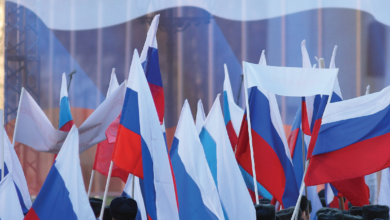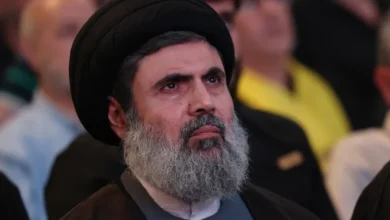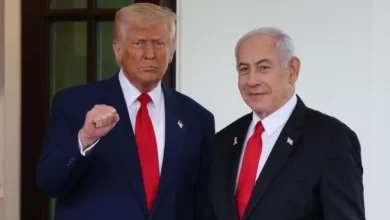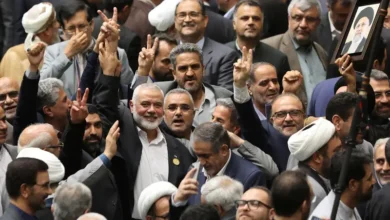Turkey Passes Through the Syrian Gateway with Its Ottoman Dreams

Before his inauguration, U.S. President Donald Trump acknowledged that Turkey had become the dominant force in Syria, largely due to its support for Hay’at Tahrir al-Sham over the past years. Turkey not only defended the group tirelessly on international platforms but also provided it with substantial backing, ultimately transforming it—under the leadership of Syria’s transitional president, Ahmad al-Sharaa—into a governing authority within Syria.
President al-Sharaa had arrived in Ankara and met with Turkish President Recep Tayyip Erdoğan on his second foreign visit, following his trip to Saudi Arabia. Prior to this, high-level political, security, and military delegations had poured into Damascus, celebrating the major victory of their ally, who had succeeded in overthrowing Bashar al-Assad’s regime.
Despite praise for Turkey’s role in toppling Assad’s dictatorship—marked by accusations of genocide—some view the situation with skepticism and suspicion. Erdoğan has long harbored ambitions of reviving the legacy of the Ottoman Empire, which had dominated vast areas of Asia, Africa, and Europe for four centuries before its decline.
While Turkey’s current “Ottoman” aspirations may seem limited due to ongoing geopolitical shifts in the region and the world, there remains a Turkish hope to expand influence by penetrating weak and allied states, creating at the very least an economic and political launchpad.
Syria is set to become Turkey’s gateway for reorganizing its vision of Ottoman expansion by controlling its decision-making and influencing its internal administrative, social, educational, and cultural affairs. This is unwelcome news for Arab nations, which must act swiftly to assert their presence in Syria and reintegrate it into the Arab fold. Syria, a historically significant and influential country in both regional and international arenas, was a founding member of the Arab League—a body that Arabs regard as a guarantor of their collective voice and unity.










